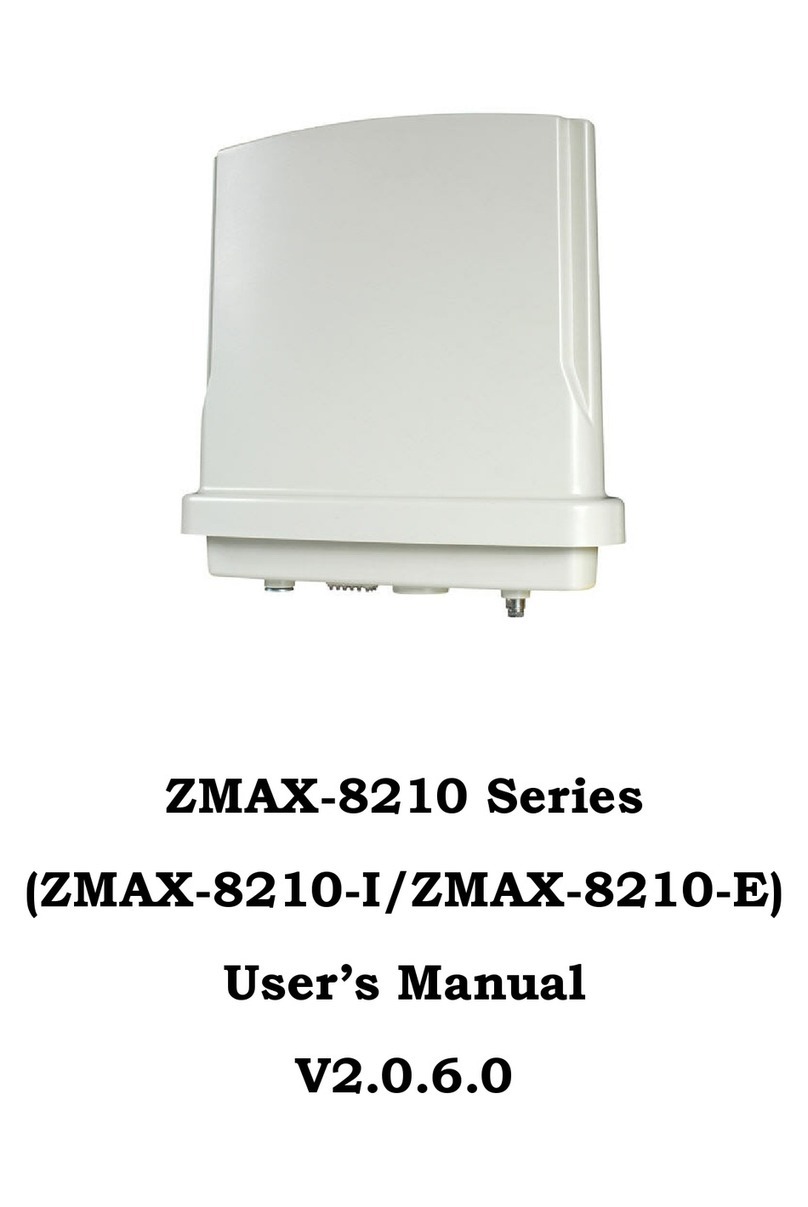
Hyperion Series Wireless LAN Controller User Manual
58-150008-IQN_V1.0 Page iii
6.5. Bandwidth Control ..............................................................................................................................................................................46
6.6. AP License ..............................................................................................................................................................................................47
6.7. AP FW Upgrade....................................................................................................................................................................................48
6.8. Optimization .........................................................................................................................................................................................48
Chapter 7. WLC Configuration ...................................................................................................................................................................53
7.1. TimeZone and Date.............................................................................................................................................................................53
7.2. Graphic Stat Platform .........................................................................................................................................................................54
7.3. Samba .....................................................................................................................................................................................................55
7.4. DPI............................................................................................................................................................................................................55
7.5. Packet Capture......................................................................................................................................................................................56
7.6. Log Server..............................................................................................................................................................................................57
7.7. Change Password.................................................................................................................................................................................57
7.8. WLC FW Upgrade ................................................................................................................................................................................58
7.9. Backup / Restore ..................................................................................................................................................................................59
Chapter 8. Authentication............................................................................................................................................................................60
8.1. OTP SMS Gateway ...............................................................................................................................................................................60
8.2. Portal Server..........................................................................................................................................................................................60
8.3. Radius Server ........................................................................................................................................................................................62
8.4. LDAP Server...........................................................................................................................................................................................64
8.5. MAC Access Control............................................................................................................................................................................66
8.6. Access Time Control............................................................................................................................................................................67
Chapter 9. Statistics ........................................................................................................................................................................................70
9.1. Thin AP List ............................................................................................................................................................................................70
9.2. Station List .............................................................................................................................................................................................70
9.3. DPI............................................................................................................................................................................................................71
9.4. IoT List.....................................................................................................................................................................................................72
9.5. Realtime Log .........................................................................................................................................................................................72
Chapter 10. Technical Specifications .......................................................................................................................................................73
Chapter 11. Appendix....................................................................................................................................................................................74
11.1. Warranty...............................................................................................................................................................................................74
11.1.1. General Warranty.....................................................................................................................................................................74
11.1.2. Warranty Conditions...............................................................................................................................................................74
11.1.3. Disclaimer...................................................................................................................................................................................74
11.2. Certifications and Compliance ......................................................................................................................................................75
11.2.1. CE Marking ................................................................................................................................................................................75
11.2.2. RoHS Compliance Statement ...............................................................................................................................................75
11.3. Declaration of Conformity ..............................................................................................................................................................75
11.4. List of Compatibility..........................................................................................................................................................................75




























